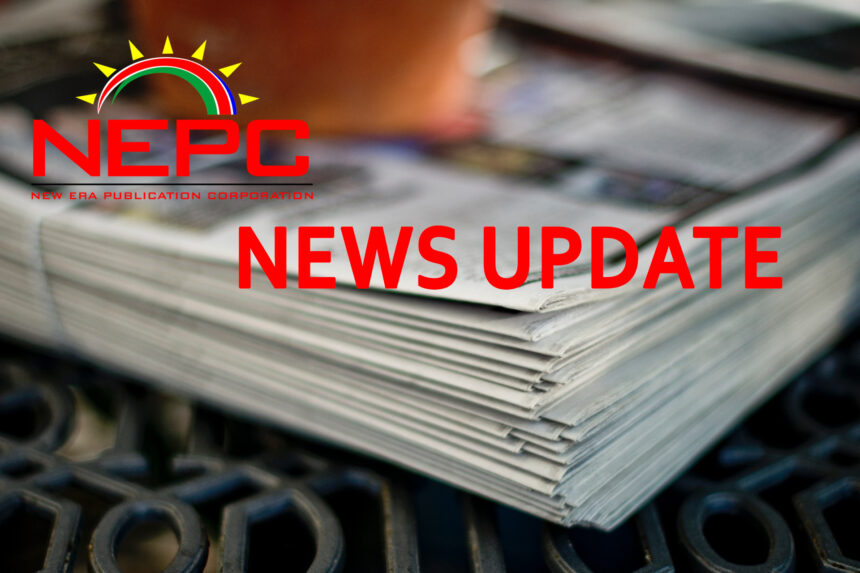ONGWEDIVA – Floodwater from Angola, commonly known as efundja, is expected to reach Namibia in the next few days.
Namibia normally experiences efundja in the Cuvelai Basin, across the northern regions, once the southern part of Angola receives good rains, causing the rivers to overflow.
Northern-based senior hydrologist Leonard Hango,yesterday warned the public along the borders to be on alert as floodwater may reach them in the next few days.
Hango, who is also the mayor of Oshakati, explained that although flash flood has been observed in the area of Ondjiva and Namakunde in the Cunene area, it has not yet reached the Namibian borders with Angola.
He, however, said the situation could accelerate if more rain is received, but it may also take some time before it could reach the border.
“In case the flood comes to the borders, residents along the borders should take care and report as soon as possible,” he advised.
He said the flood is being reported as flowing from Cunene Province, Southern Angola.
“Timely monitoring and reporting are now difficult in the absence of a functioning hydrological flow monitoring system in place.
“Most of the flood monitoring devices that have been erected in the streams have been damaged by the local people, which now provides a challenge to monitor the flood,” he added.
He further said a lot of their systems have been damaged, such as cables being cut, batteries being removed, or solar plates being damaged and stolen by local people.
Those damaged devices are in the following streams: Oshigambo, Engela, Shanalumono, Shakambebe, Okalongo, Epoko, Onawa, Ogongo and Oshuuli riverines.
Hango further said the ministry will keep on observing the situation on the ground and inform the public accordingly.
Although efundja often results in devastating flooding that causes damage to road infrastructure, property, the displacement of people from their homes, and at times loss of income to businesses, it has also been a blessing in disguise for communities.
Efundja usually brings plenty of fish and water to the usually dry parts of the country.
It also improves grazing for livestock as many farmers in the north struggle to feed their animals when it has not properly rained.
– vkaapanda@nepc.com.na


